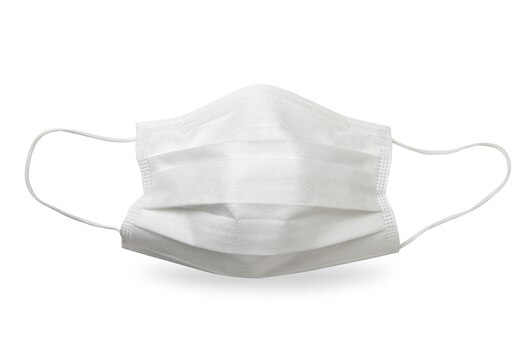Anthony Fauci, MD, says wearing two masks is better than one when it comes to warding off the coronavirus.
The purpose of a mask is to prevent droplets and the virus from reaching a person’s mouth and nose, he said on the Today show, so increasing the barriers naturally increases protection.
“If you have a physical covering with one layer, you put another layer on, it just makes common sense that it likely would be more effective,” said Fauci, the director of the National Institute of Allergy and Infectious Diseases. “And that’s the reason why you see people either double masking or doing a version of an N95.”
N95 masks are expensive, and the CDC recommends they be reserved for health care workers, but health experts say double masking is easy and something of a no-brainer.
“Double layering is adding extra filtration, but a lot of the benefit also comes in making sure you are covering those gaps around the mask, because not every mask you put on fits equally,”
says Alice Sato, MD, an epidemiologist at Children’s Hospital & Medical Center in Omaha, NE.
Double masking has also become kind of fashionable as the Biden administration puts an emphasis on it. People watching the inauguration may have noticed that poet Amanda Gorman and Pete Buttigieg, Biden’s nominee to run the Transportation Department, were double masking with cloth masks over surgical masks.
So what’s the best way to double mask?
Research published at cell.com recommends the public start with “a high-quality surgical mask or a fabric mask of at least two layers with high thread count for basic protection.”
For “maximal protection,” a person should wear a cloth mask on top of a surgical mask, with the surgical mask acting as a filter and the cloth mask providing an extra filtering layer and improving the fit.
Also acceptable, the researchers say, is a three-layer mask with “outer layers consisting of a flexible, tightly woven fabric that can conform well to the face and a middle layer consisting of a nonwoven high-efficiency filter material.”
The public should not confuse disposable face masks with surgical masks, the CDC says. They are different.
“Disposable face masks are single-use masks,” the CDC says. “They are sold online and through large retail stores. These are not the same as surgical or other medical masks.”
The CDC doesn’t recommend double masking, but generally says that people should wear masks with two or more layers of washable fabric that cover the nose and mouth and fit snugly on the face.
Going into more detail, the CDC recommends the public wear:
- Non-medical disposable masks
- Masks that fit snugly around the nose and chin with no large gaps around the sides of the face
- Masks made with breathable fabric such as cotton
- Masks made with tightly woven fabric
- Masks with two or three layers
- Masks with inner filter pockets
By Ralph Ellis


